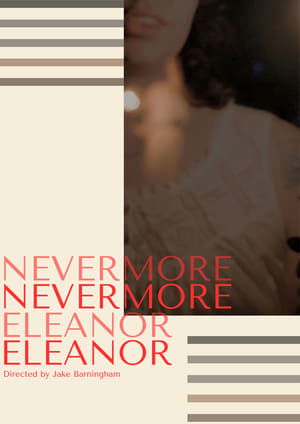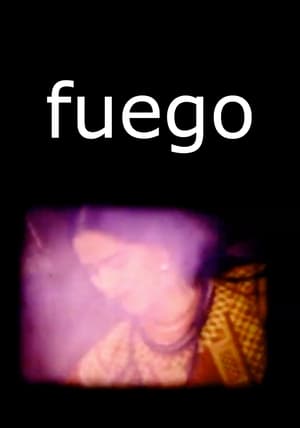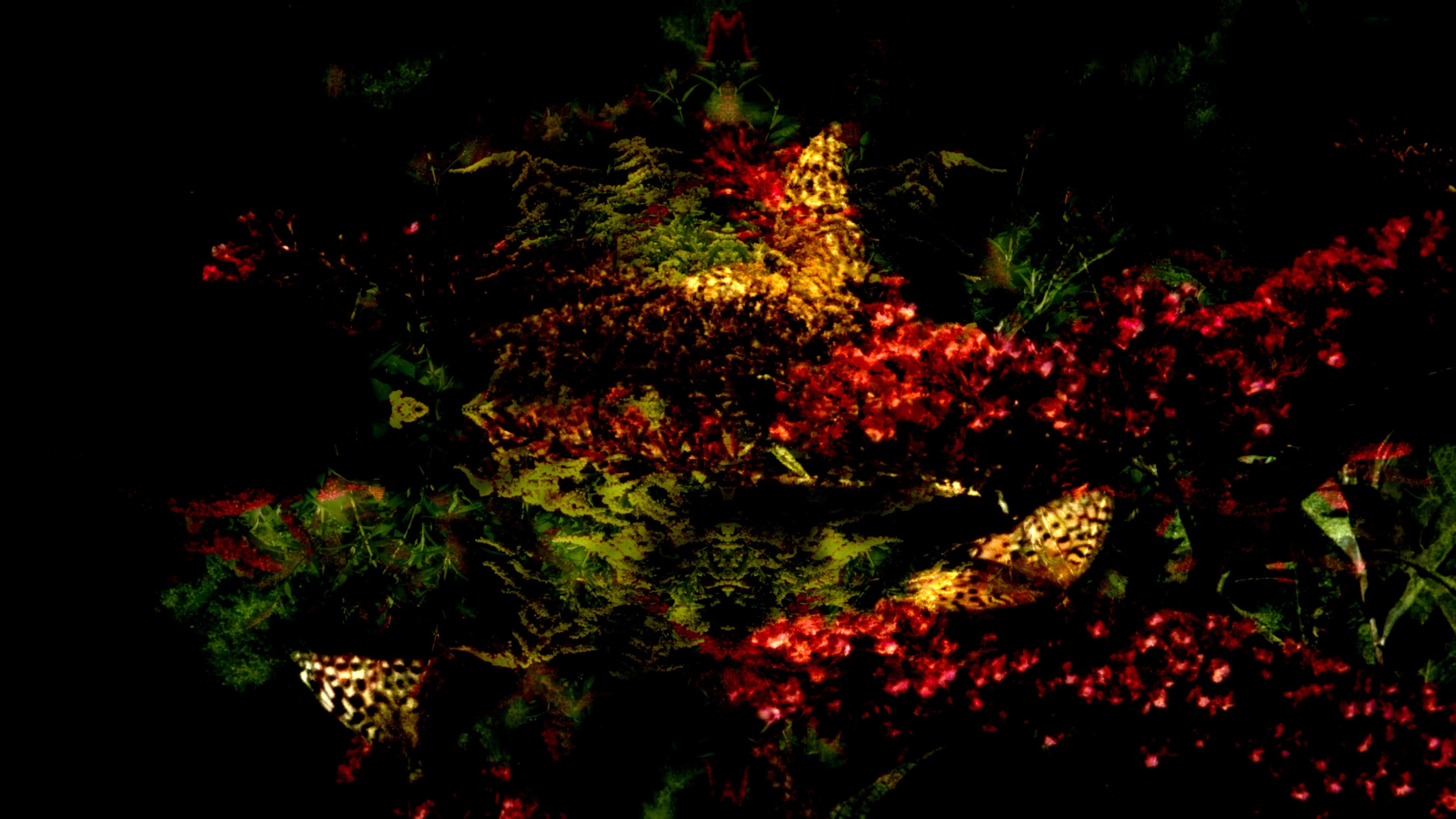
Butterfly 360°

Sfarfallii liberali 360°
HomePage
Overview
The 360° project tells the story of a peaceful environment featuring a rare case phenomena where a swarm of butterflies is nurturing itself by eating the nectar of flowers showing the beauty but also the fragility of a complex ecosystem. The video installation is configured to work as an interactive 360° experience where the spectator can view the untouched nature by moving / grabbing / touching the nature by his/her hands (mouse) but offers also the possibility to be screened large scale as a flat video loop on a wall, building or in cinema.
Release Date
2020-11-27
Average
10
Rating:
5.0 startsTagline
Genres
Languages:
Keywords
Similar Movies
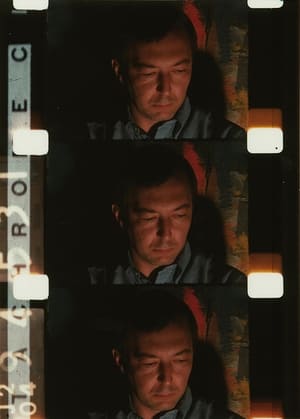 0.0
0.0Galaxie(en)
In March and April of 1966, Markopoulos created this filmic portrait of writers and artists from his New York circle, including Parker Tyler, W. H. Auden, Jasper Johns, Susan Sontag, Storm De Hirsch, Jonas Mekas, Allen Ginsberg, and George and Mike Kuchar, most observed in their homes or studios. Filmed in vibrant color, Galaxie pulses with life. It is a masterpiece of in-camera composition and editing, and stands as a vibrant response to Andy Warhol's contemporary Screen Tests. Preserved by the Academy Film Archive in 2001.
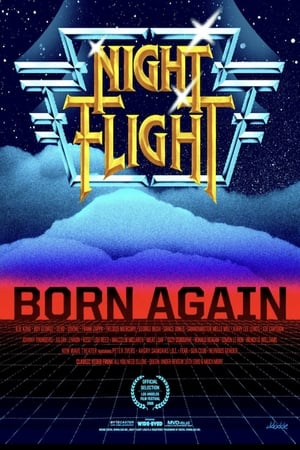 0.0
0.0Night Flight: Born Again(en)
Documentary tribute to what VH1 called “the single greatest rock omnibus program ever aired” and Brooklyn Vegan named “the most consistently weird and awesome thing on cable television in the ’80s.” This ‘Best Of’ episode features some of the most memorable moments of Night Flight's near-decade long run including restored interviews and segments from Kate Bush, New Wave Theatre, David Lynch, Prince, Wendy O Williams, Divine, Billy Idol, Johnny Rotten, and much more Night Flight treasures from the archive.
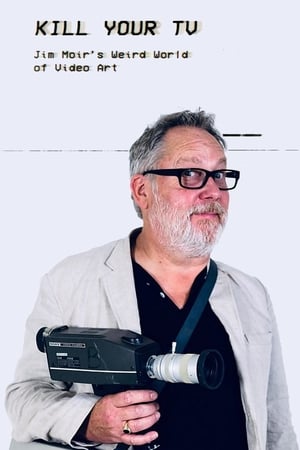 0.0
0.0Kill Your TV: Jim Moir’s Weird World of Video Art(en)
Jim Moir (aka Vic Reeves) explores Video Art, revealing how different generations ‘hacked’ the tools of television to pioneer new ways of creating art that can be beautiful, bewildering and wildly experimental.
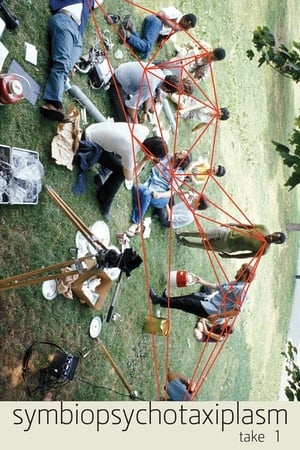 7.0
7.0Symbiopsychotaxiplasm: Take One(en)
In Manhattan's Central Park, a film crew directed by William Greaves is shooting a screen test with various pairs of actors. It's a confrontation between a couple: he demands to know what's wrong, she challenges his sexual orientation. Cameras shoot the exchange, and another camera records Greaves and his crew. Sometimes we watch the crew discussing this scene, its language, and the process of making a movie. Is there such a thing as natural language? Are all things related to sex? The camera records distractions - a woman rides horseback past them; a garrulous homeless vet who sleeps in the park chats them up. What's the nature of making a movie?
 7.5
7.5Berlin: Symphony of a Great City(de)
A day in the city of Berlin, which experienced an industrial boom in the 1920s, and still provides an insight into the living and working conditions at that time. Germany had just recovered a little from the worst consequences of the First World War, the great economic crisis was still a few years away and Hitler was not yet an issue at the time.
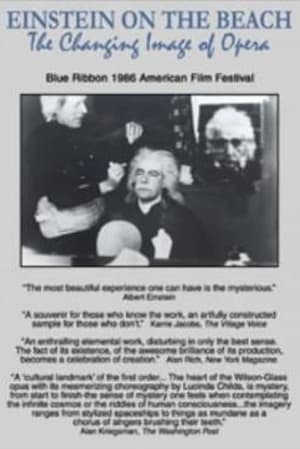 10.0
10.0Einstein on the Beach: The Changing Image of Opera(en)
The creative processes of avant-garde composer Philip Glass and progressive director/designer Robert Wilson are examined in this film. It documents their collaboration on this tradition breaking opera.
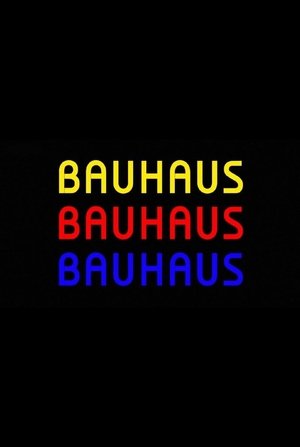 6.5
6.5Bauhaus 100(en)
In 1919 an art school opened in Germany that would change the world forever. It was called the Bauhaus. A century later, its radical thinking still shapes our lives today. Bauhaus 100 is the story of Walter Gropius, architect and founder of the Bauhaus, and the teachers and students he gathered to form this influential school. Traumatised by his experiences during the Great War, and determined that technology should never again be used for destruction, Gropius decided to reinvent the way art and design were taught. At the Bauhaus, all the disciplines would come together to create the buildings of the future, and define a new way of living in the modern world.
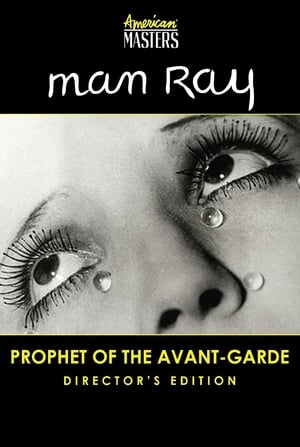 0.0
0.0Man Ray: Prophet of the Avant-Garde(en)
Man Ray, the master of experimental and fashion photography was also a painter, a filmmaker, a poet, an essayist, a philosopher, and a leader of American modernism. Known for documenting the cultural elite living in France, Man Ray spent much of his time fighting the formal constraints of the visual arts. Ray’s life and art were always provocative, engaging, and challenging.
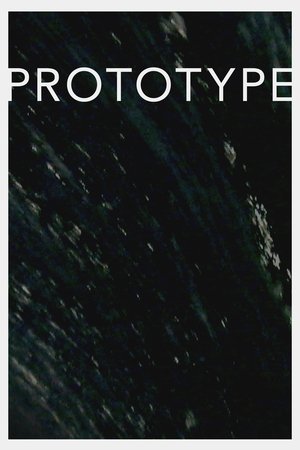 3.0
3.0PROTOTYPE(en)
As a major storm strikes Texas in 1900, a mysterious televisual device is built and tested. Blake Williams’ experimental 3D sci-fi film immerses us in the aftermath of the Galveston disaster to fashion a haunting treatise on technology, cinema, and the medium’s future.
A Messenger from the Shadows (Notes on Film 06 A/Monologue 01)(de)
Thanks to his myriad film roles, Lon Chaney is known as “the man of a thousand faces,” and you could say that the early horror era never beheld a figure more intriguing. Yet because of his numerous transformations, his face never became as iconic as that of, say, Boris Karloff. Accompanied by a soundtrack from Bernhard Lang, this “re-imagination of shots” taken from Chaney´s forty-six surviving films offers a beguiling excursion into the history of film. The director reveals surprising associations, while highlighting the enduring magic of works which are now more or less forgotten.
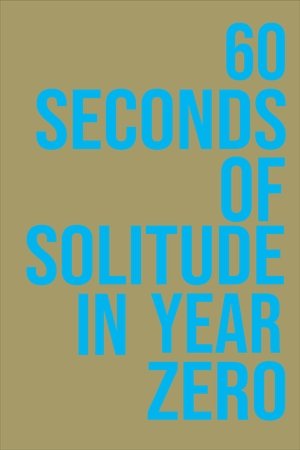 3.8
3.860 Seconds of Solitude in Year Zero(en)
An anthology of one-minute films created by 51 international filmmakers on the theme of the death of cinema. Intended as an ode to 35mm, the film was screened one time only on a purpose-built 20x12 meter public cinema screen in the Port of Tallinn, Estonia, on 22 December 2011. A special projector was constructed for the event which allowed the actual filmstrip to be burnt at the same time as the film was shown.
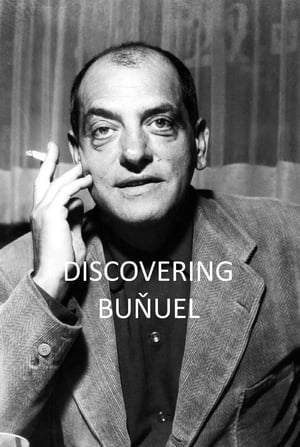 0.0
0.0Discovering Buñuel(en)
Luis Bunuel, the father of cinematic Surrealism, made his film debut with 'Un Chien Andalou' in 1929 working closely with Salvador Dali. Considered one of the finest and controversial filmmakers with, 'L’Age d’Or' (1930), attacking the church and the middle classes. He won many awards including Best Director at Cannes for 'Los Olvidados' (1950), and the coveted Palme d’Or for 'Viridiana' (1961), which had been banned in his native Spain. His career moved to France with 'The Diary of a Chambermaid' with major stars such as Jeanne Moreau and Catherine Deneuve.
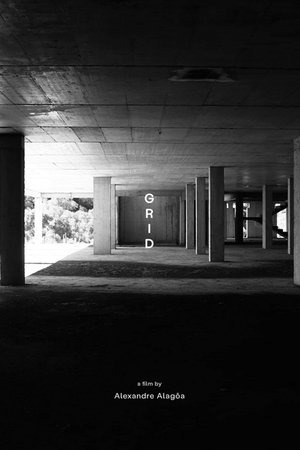 6.0
6.0Grid(pt)
A ritual of grids, reflections and chasms; a complete state of entropy; a space that devours itself; a vertigo that destroys the gravity of the Earth; a trap that captures us inside the voids of the screen of light: «That blank arena wherein converge at once the hundred spaces» (Hollis Frampton).
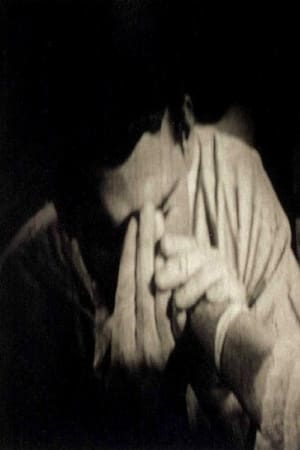 0.0
0.0Untied(en)
A small portrait of the volatility of intimacy and of breaking free from abusive cycles: made in response to a year of collapsing relationships and violent accidents that left me broken, dislocated and stuck in my apartment.
 6.5
6.5Double Labyrinthe(fr)
With this film-manifesto, the two artists invent what they called the Cinéma corporel (Cinema of the Body), they present themselves as a "double auteur femme" and they lay the foundations of the radical critical and esthetical positions of their work to come. Double Labyrinthe has a mirror structure based on their "mutual gaze": in the first part Katerina performs while filmed by Maria and in the second part Maria performs filmed by Katerina.
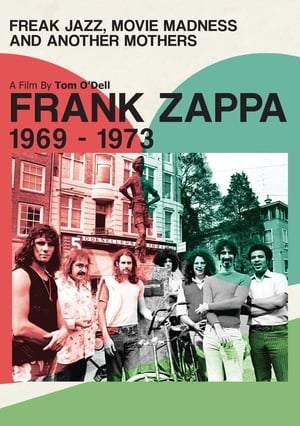 8.0
8.0Frank Zappa - Freak Jazz, Movie Madness & Another Mothers(en)
After disbanding the original Mothers of Invention in '69, Frank Zappa unleashed a second incarnation of the band by '70. This film focuses on the sophomore Mothers and this often-overlooked period in Zappa's career. Featuring rare footage, exclusive interviews, and contributions from many who worked with him, which all at once provide for the first film to tackle this phase in the Zappa legend
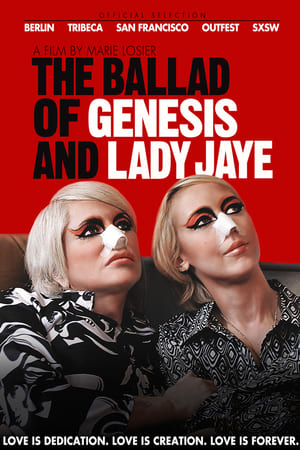 6.9
6.9The Ballad of Genesis and Lady Jaye(en)
An intimate, affecting portrait of the life and work of ground-breaking performance artist and music pioneer Genesis Breyer P-Orridge (Throbbing Gristle, Psychic TV) and their wife and collaborator, Lady Jaye, centered around the daring sexual transformations the pair underwent for their 'Pandrogyne' project.
 6.0
6.0Fresno(es)
A film of and through the trees. Leaves catch, consume and resist the light through the seasons.
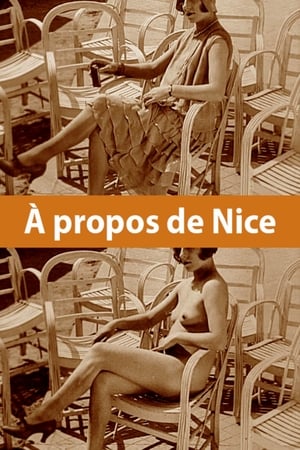 6.9
6.9À propos de Nice(fr)
What starts off as a conventional travelogue turns into a satirical portrait of the town of Nice on the French Côte d'Azur, especially its wealthy inhabitants.
Recommendations Movies
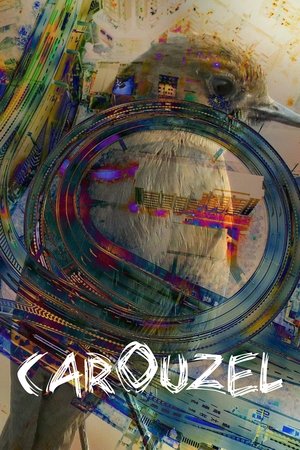 10.0
10.0CarOuzel(en)
Hunting, a vicious merry go round, a carousel for savage adults against wildlife. Avoid the circular logic of thinking about hunting in a roundabout way. Hunting must be stopped now, discursive roundabouts about the possibility of regulating it are circumlocutory escape routes! In this video, you hear ouzels singing in a cellar, deprived of sunlight, exploited and commodified, sold as call birds. Ouzels are highly sought for their wondrous vocalization. In turn, as in a death carousel, they are then used for attracting other birds that will be killed by legalized exterminators, otherwise called hunters.
Six: Inside(en)
Delves deep into the anxiety, thrill and uncertainty of six aspiring animation artists as they are plunged into the twelve-week trial-by-fire that is the NFB's Hothouse for animation filmmakers.
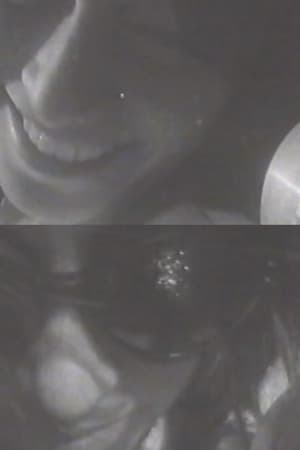 6.6
6.6Film(en)
Before the three feature films, Mario Schifano directs the camera towards the people around him to create real film diaries. His friends, his time partner and the artists he frequented are portrayed in their everyday life or object of the mechanical gaze of the camera, a filter through which to look at the outside world.
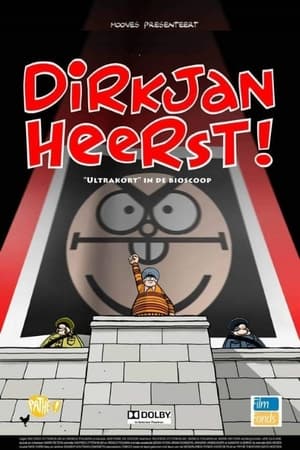 7.0
7.0Dirkjan Heerst!(en)
Dirkjan, a nerdy guy turns Leader of the World. Where does his sudden hunger for power come from? And what is the Big Plan?
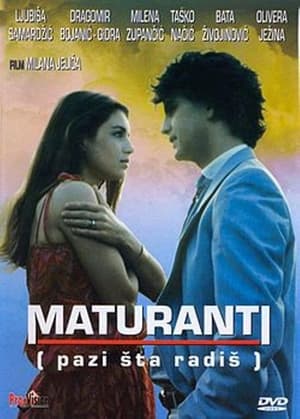 6.3
6.3Watch Your Step(sh)
Last school days of one graduating generation. They should say goodbye to a part of life, part from their friends, and there is also uncertainty, hope, plans, wild love "for the rest of the life", and parents with their ambitions, and it would be all incomplete, if not for professors who are slowly losing their authority. Senior prom is the central place for serious and funny events in which parents, professors and pupils are involved.
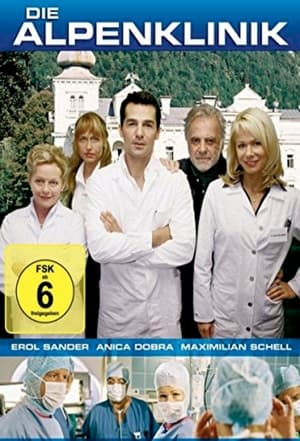 3.0
3.0Die Alpenklinik(de)
After an alleged malpractice that led to the death of his brother, heart surgeon Daniel Guth took the consequences: he gave up his beloved job and retreated into the solitude of nature. At his place of refuge, the Salzburg mountains, the heiress to a private clinic is desperately looking for a capable chief physician. Daniel declines the post, although he finds the woman attractive. When a boy is seriously injured in a bus accident, he is confronted with his trauma again.
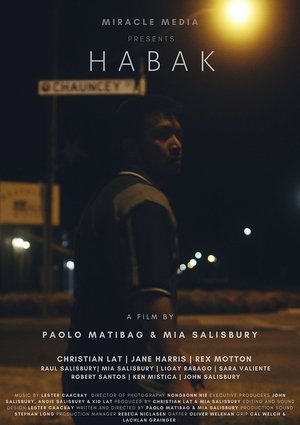 7.0
7.0Charm(tl)
Dong is an illegal immigrant in Australia, trying to make ends meet and pay for his mother’s chemotherapy in the Philippines as he waits for a Visa. He encounters a deportation officer, ejection from home and losing his job. Now he has to find a way to make it all work or give and and go back home.
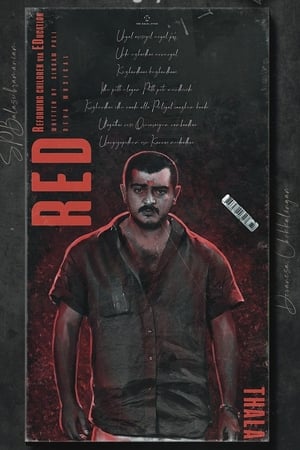 5.1
5.1Red(ta)
Red is a local don who possesses a heart of gold. Seeni, another don in the area, is his biggest enemy. Red falls for Gayathri and she too likes him but wants him to give up his life of violence. Meanwhile Rajesh, a reporter, begins to serialize Red's story for Ananda Vikatan and it becomes quite the rage among readers.
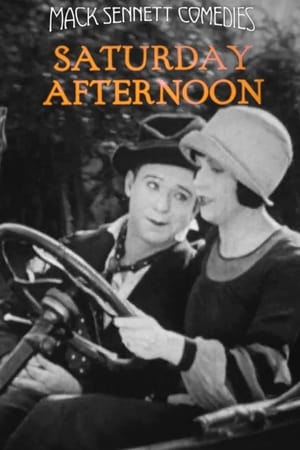 5.6
5.6Saturday Afternoon(en)
Harry and his friend have planned to go out for an afternoon of fun. But first, Harry must figure out how to slip away from his domineering wife with some money to spend...
 3.3
3.3Cold Hard Cash(en)
Watch what happens when two beautiful bad girls with no option are put in a desperate situation.
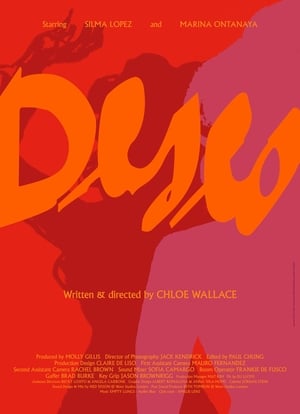 6.0
6.0Deseo(es)
Deseo follows Selene, a Spanish woman living in New York, on an evening in Williamsburg. Unsatisfied with her own life and intrigued by a woman she meets that night, Selene seizes an opportunity to "help" this woman in need, immersing herself in her reality. The line between helping without asking and taking advantage of her then becomes blurry.
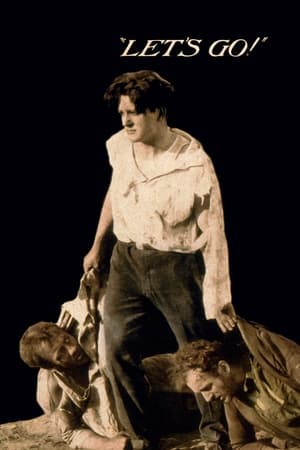 7.0
7.0Let's Go(en)
The no-good son of a company owner is sent to investigate a problematic business deal.
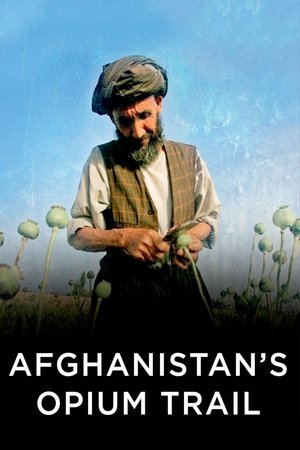 8.0
8.0Afghanistan's Opium Trail(de)
Over 90% of the world's opium now comes from Afghanistan. In this shocking new film, we ride the drugs caravan, from cultivation, to process, to market. On route, we lift the curtain on the hidden world of the drug barons; learn how to process heroin in the crudest of laboratories and encounter deadly gunfights on the Iranian border.
 8.0
8.0Operation: Save America(en)
This documentary provides a closer look into the American political system, the tumultuous Biden presidency, and Trump's rise to regain the most powerful office in the world.
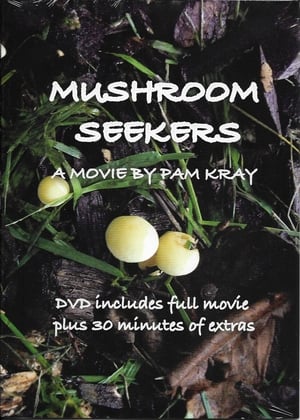 5.0
5.0Mushroom Seekers(en)
Mushroom Seekers is a first-person exploration of the world of wild mushrooms and the people who pick them.
